Special Research Facilities
Hypobaric Chamber
The hypobaric chamber consists of a main room and a subroom; it is a low pressure simulator which can reduce the level of air pressure down to a third of the normal air pressure, equivalent to an altitude of approximately 8000m, and controls air temperature ranging from 4 °C to 40°C. A motor-driven treadmill is installed in the main room. Since its establishment in 1978, extensive researches on assessing the influence of hypobaric hypoxia on physical work capacities have been conducted. In addition, the system has been used for the training of athletes’ aerobic capacities at normoxia and hypoxia and Alpinists’ acclimatization to high altitude for the prevention of mountain
sickness.
Swimming Flume
The swimming flume is a vertical type circulating water channel with an open water-surface as a swimming section. There are observation windows in the front, rear,and bottom. Water flow is generated by an axial impeller. Flow speed is continuously adjustable by an impeller speed controller. Major features of this flume are uniformity of water flow distribution in the swimming section by a surface regulator, and suction of bubbles surrounding the swimmer by a vacuum pump. Studies using the flume have included physiology of swimming involving measurements of maximal oxygen uptake, and EMG, biomechanics of swimming using 3-D motion capture system via the observation windows on the bottom and the side walls, and measurement of drag and propulsive force of swimmers.
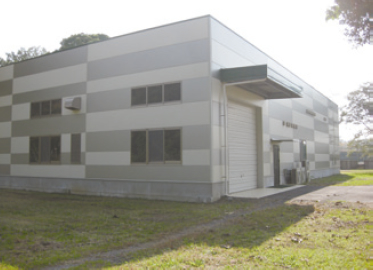
SportFluid Engineering Laboratory : FLULA
The wind tunnel is used for research and development of sportswear such as high-speed competition bicycles and ski, and measurement and evaluation of the aerodynamic force acting on sports balls. It has also contributed to the Japan’s top players such as ski jumping and track race. The maximum flow velocity of the tunnel is 55 m/s, the size of the blower outlet was 1.5 m x 1.5m, the flow velocity distribution was within ± 0.5 %, and the turbulence was 0.1% or less, it exerts the world’s top level performance as the wind tunnel for sports.
The measurement systems associated with this wind tunnelinclude the force platform, the 3D motion capture system, and the 2D PIV measurement system.
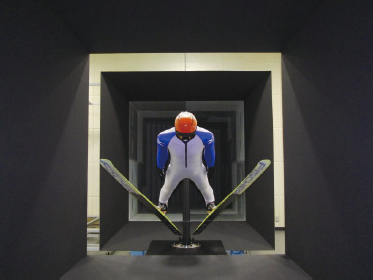
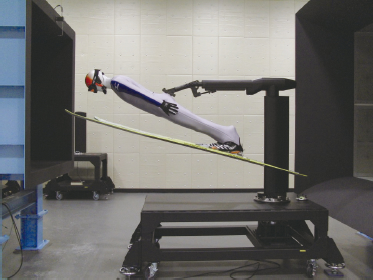
SPEC : Sport Performance and Clinic Lab.
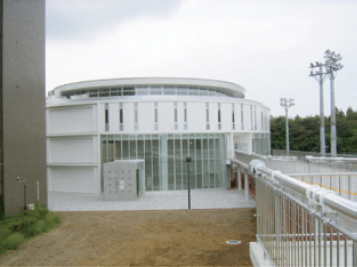
Experimental Zone
The 1st floor is called the “Experimental Zone”, where we investigate performance of athletes from a biomechanical perspective and educate coaches in knowledge and skills of biomechanics and coaching.
The central arena is wide enough to analyze almost any kind of motion of sports biomechanically (with VICON for 3-D motion analysis, force plates for measurement of ground reaction forces, high speed cameras, electromyography, and so on).
In the motion analysis room, we analyze videotaped performance by a high speed camera, and compute a high advanced calculation.
In the image processing room, we edit a videotape to make an imaging document for coaching and teaching.
This zone also has a climbing wall.
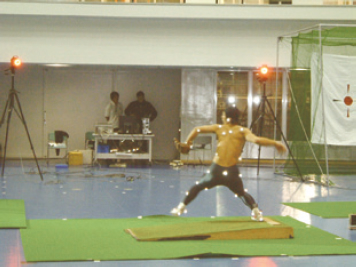
Counseling and Common Zone
The 3rd floor is called the “Counseling and Common Zone,” where we consult with athletes on their health-related problems and help improve their performance. Athletes can receive psychological skills training (mental training to enhance performance), sport counseling/psychotherapy, sand play therapy, amongst other services by certificated psychologists and trainees. We have cultivated the necessary knowledge and techniques of the field of sports psychology in our sports psychologists and mental training specialists. In addition, sports nutrition specialists and trainees will offer athletes support through personalized consultations based on specialized knowledge and skills to enhance performance through nutrition. Laboratories for special research projects in the field of sports science are also located on this floor.
Rehabilitation and Training Zone
The 2nd floor is called the “Rehabilitation and Training Zone “, where we support athletes in return-to-sports or improvement of performance. It is important for athletes to make a rapid and safe recovery from injury. Doctors and athletic trainers work in cooperation and support successful rehabilitation.
We also educate student athletic trainer’ s knowledge and techniques about sport medicine and physiology.
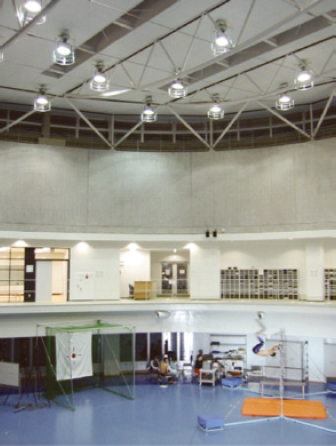
|
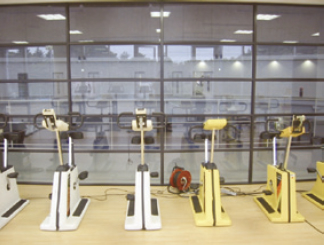
|
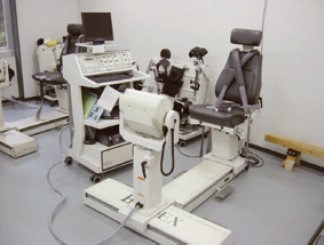
|
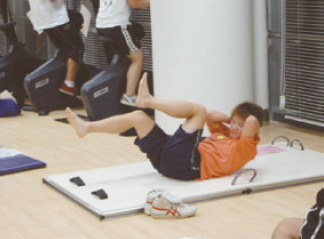
|
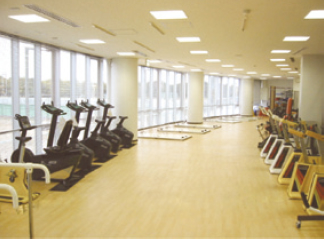 |
